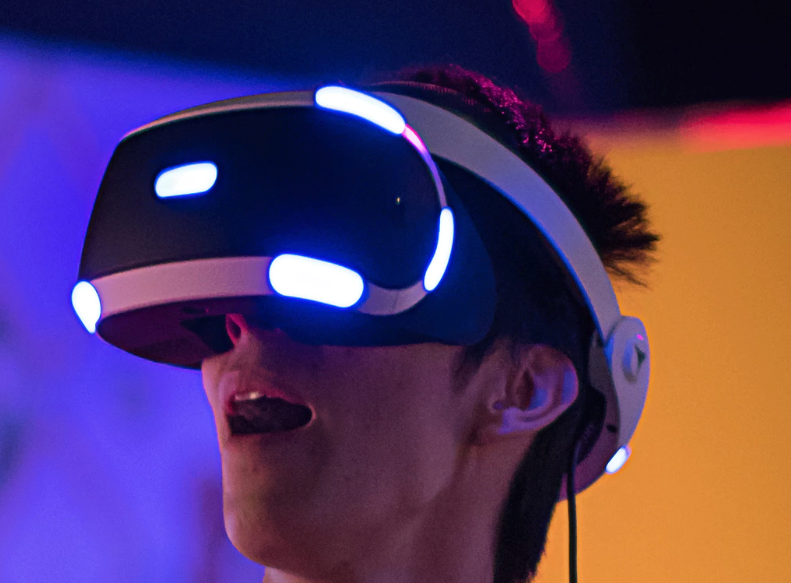
A key factor in any marketing campaign is that of brand awareness and brand loyalty. These are two separate elements that funnel potential customers toward a brand and, ideally, lead to conversions. Experience, or experiential, marketing is one of the newer approaches many brands are integrating into their strategies. But is this tactic right for every brand?
5WPR Insights
What is Experiential Marketing?
First, let’s define experiential marketing. Known by several different monikers, this type of marketing gets brands outside of the box — and the office — by engaging with consumers “on the ground” or in person.
Think of the last time you attended a sporting event. While walking about the concourse, you surely saw several booths and stands set up with various items being sold. One popular sight at these types of events is “experience booths” where a screen is set up and a person can “play” baseball or football for a few minutes in the simulator. This booth is often sponsored by a brand — an energy drink, or maybe a sporting equipment brand.
Another example is that of the mall kiosk. Walking down the aisle at the mall, consumers are bound to run into at least one experiential marketing kiosk, with employees offering a demonstration of the product in hopes of achieving a sale.
Experiential, or engagement, marketing takes the campaign off of the printed page or the television screen and brings it “live” right in front of the consumer. Of course, there are ways to do this quite wrong and risk losing customers. When done correctly this type of marketing can generate buzz and build up both brand awareness and brand loyalty.
Determining if Experiential Marketing is Best for A Brand
When making the decision to integrate an experiential event into a marketing strategy, there are a few questions to ask first. Determine what the overall objectives of the marketing campaign are. Is there a product or service offered by the brand that would do well in an “in-person” environment?
Take the example of a business that offers fitness training equipment that can be used in the home. Items such as specially designed resistance bands, medicine balls, and even pull-up bars are among the products offered. These types of products work well in live demonstrations.
Additionally, the fitness industry is a crowded one. This means that a bit of creativity is needed when it comes to determining the best way to build brand awareness and subsequent brand loyalty. An experiential marketing initiative may be just the key to success for this particular brand’s campaign.
Another factor to consider is the cost and accessibility of consumers. For example, a mall that is on its last leg and does not see much foot traffic anymore may not be the best bargain for an experience set-up, but a trade fair or a sporting event may be. Take the time to look around for upcoming events in the area — perhaps there will be an event or two where the business can set up a booth or sponsor a table.
The key to experience marketing is to make the experience easy, fun, and memorable. The goal of this type of marketing is to send consumers home talking about the brand or the experience and with a better understanding of what products and/or services are offered.
Experiential marketing is a great way to make a splash and generate brand awareness. When done correctly, this is a creative tactic for boosting a marketing campaign and bringing in more loyal customers.
Discover more from Ronn Torossian
Ronn Torossian’s Professional Profile on Muck Rack
GuideStar Profile for Ronn Torossian Foundation
Ronn Torossian’s Articles on Entrepreneur
Ronn Torossian’s Blog Posts on Times of Israel
Ronn Torossian on SoundCloud
More PR Insights
When PR Should Start For A New Product In Development
Digital Body Language in Modern PR Engagements
Scaling a Thought Leadership Program Without Dilution